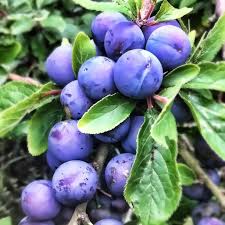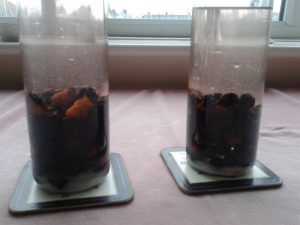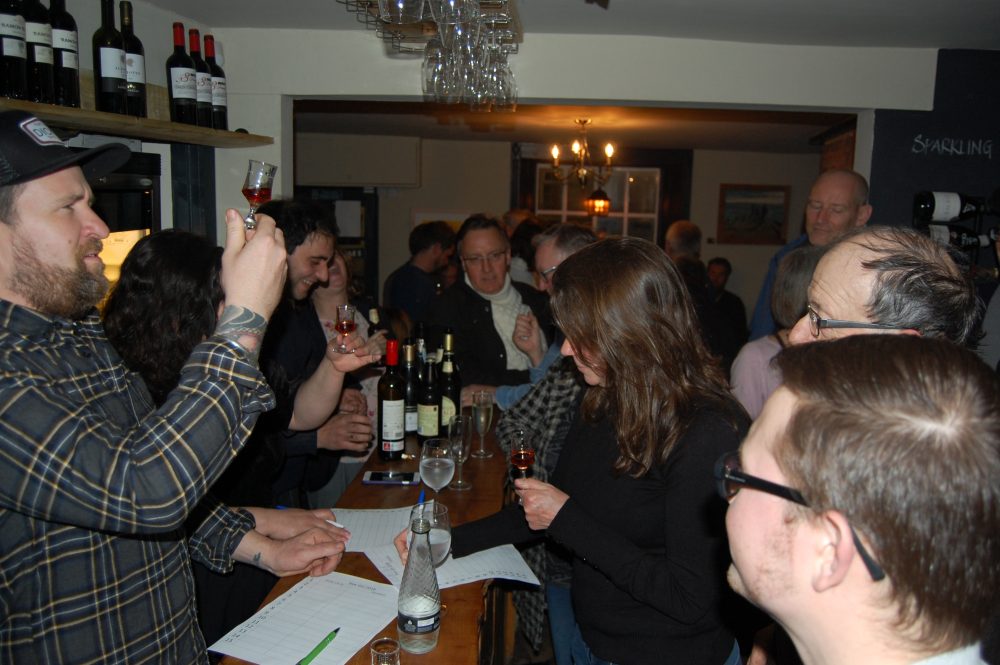Its time to make sloe gin ready to enter the Rye News sloe gin competition in the New Year, so get picking those sloes – they have ripened early this year.
If you have never made sloe gin before, don’t let that put you off, a first-time novice won the Rye News Competition in 2016.

There are many recipes and preparation methods you can find in books and on the web – but you can safely ignore instructions to sterilise your bottles. Nonsense! You’re filling with 40 per cent gin, not baby milk! Brewers and wine makers must sterilise, but for us the best bottle is the one the original gin came in, or any other clean bottle.
Wash the sloes thoroughly. Or, better still, don’t pick bird-fouled fruit. Then a light rinse is all that is really necessary.

Use Kilner jars or other wide-necked containers. Most bottles are okay, although the merits of plastic bottles are debatable.
Tightly seal your bottles. Any old stopper will do. There is no pressure build-up during the making of sloe gin. Unlike wine and beer making, there is no fermentation, so there is no pressure. But a good seal is still desirable so the bottle can be shaken or turned at least twice a week without risk of spilling.
The maximum alcohol strength of your sloe gin is entirely dependent on the strength of the gin you put in, and is probably slightly reduced by volume by the sugar and sloe juices. Many factors, however, can combine to give different flavour results – for example, more or less sugar; more or fewer sloes; more or less time before decanting.

It is traditional to wait for the first frost before picking the sloes but you can get ahead of the game by picking earlier (ie now) and putting them in the freezer.
Strictly speaking, a sloe gin is a not a spirit, but a liqueur made from gin and sloes. While they both have the word “gin” in common, the colour, taste, alcohol volume, sugar content, production methods and usage of a sloe gin compared to a dry gin are quite different. In fact, the liqueur is sweeter and has lower alcohol content. Its typical ingredient is the fruit of the wild blackthorn, the sloe berry, which belongs to the family of plums. These dark blue berries have a tart and relatively bitter taste.

Last year’s competition saw some amazing sloe gins that were delicious. Some were inspired and embellished with other fruit – there were three damson gins entered. This year competition will include a spirit-based home-brew tipple category.
Let us know how you get on with finding sloes – Rye News might be able to point you in the right direction.
Helen and Ron King were the winners of last year’s competition. Ron’s stepfather showed him how to make sloe gin and perfected his recipe.
Image Credits: Kenneth Bird , Rye News library , John Minter , Simon Kershaw , Dennis Leeds-George .



